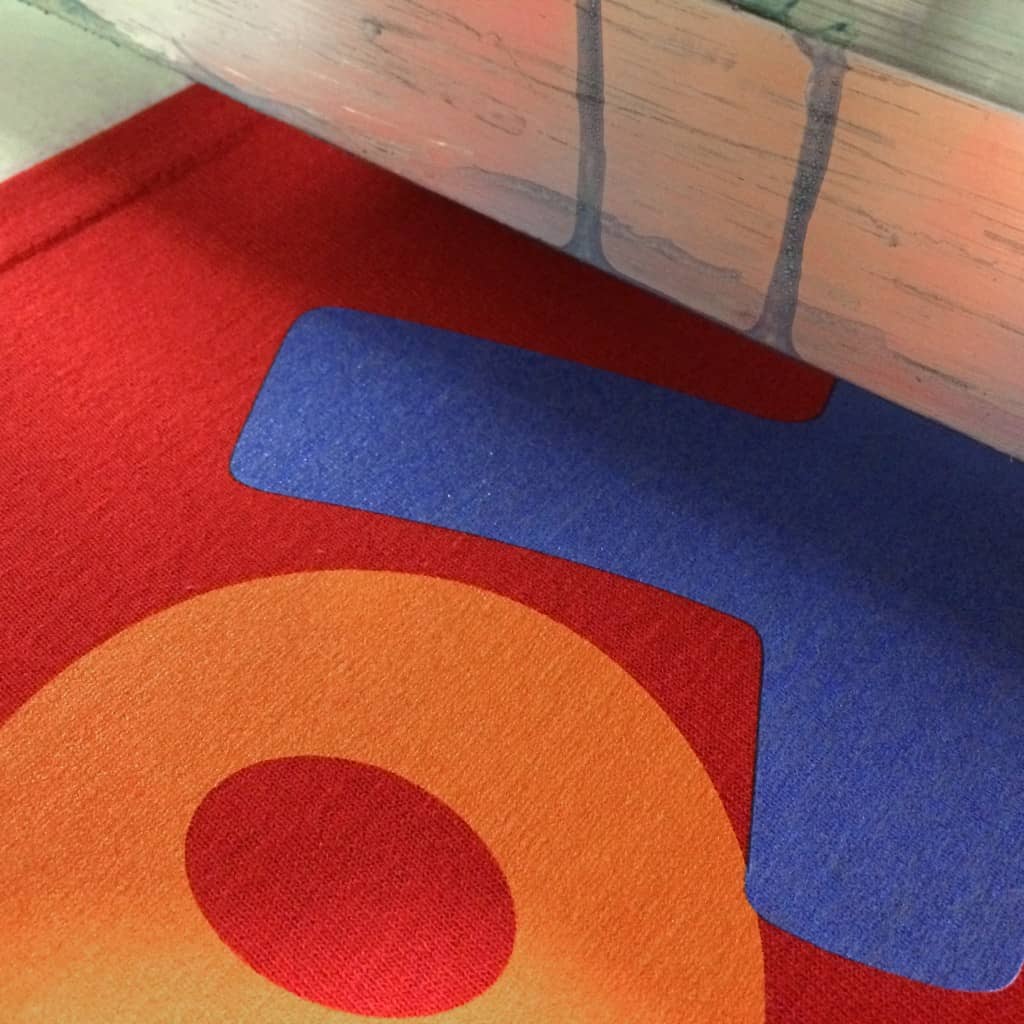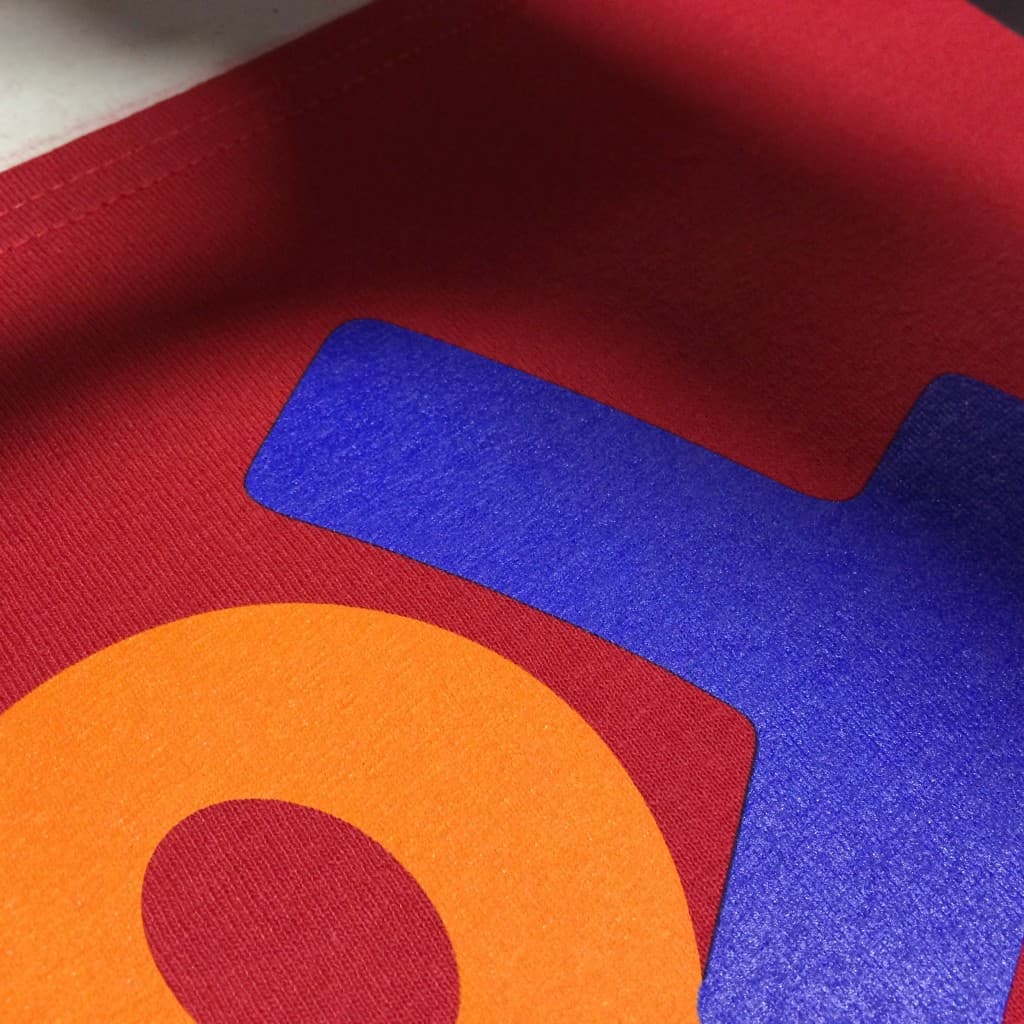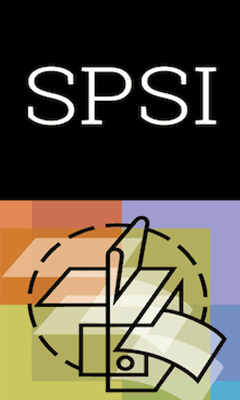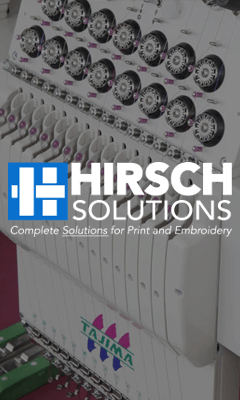I just can’t stand to see an automatic press running dog slow because of a double squeegee stroke. Aside from special effects printing, water-base/discharge, the occasional quick fix on a small run, or a specialty substrate, there is rarely a legitimate need to run a double squeegee stroke. Today however, we are running a basic spot color print and found the need to double stroke one of the colors. We’re printing a marine-based blue over an opaque underbase. Typically I would not print this shade over an opaque underbase but we are matching a sample from another shop. This is also a very large quantity print run (hence, the Saturday shift) and max production efficiency is critical. The solution: two plates. We are printing the same ink through two different mesh counts, wet-on-wet. The end result looks great and our press is running efficiently. Yes!
For some reason printers seem to resist using an additional screen even if it will benefit both quality and efficiency. Why? I think it’s a psychological thing, stemming from the premise that we all typically charge by the color and you just can’t stand to see somebody (your customer) get something that they aren’t paying for. Don’t be stupid! Save yourself the time and money, make the print look great, make your customer happy.




Comments